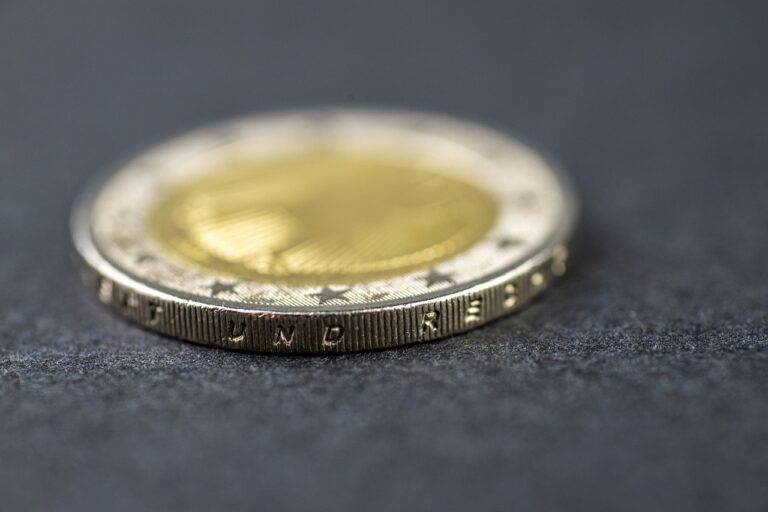The Rise of Circular Fashion: Recycling and Upcycling Trends
Fast fashion has been widely criticized for its detrimental effects on the environment. The industry’s quick production cycles result in a significant amount of waste and pollution. With clothing items being discarded more frequently than ever, landfills are becoming inundated with non-biodegradable textiles, exacerbating the issue of environmental degradation.
In addition to the waste generated by fast fashion, the production processes also contribute to high levels of water and energy consumption. The cultivation of raw materials like cotton and the dyeing of fabrics require substantial amounts of water, while the manufacturing phase is energy-intensive. These unsustainable practices not only deplete natural resources but also contribute to greenhouse gas emissions, further exacerbating climate change.
The Concept of Upcycling in Fashion Design
One way that fashion designers are tackling the issue of waste in the industry is through the innovative concept of upcycling. Upcycling involves taking materials that would otherwise be discarded and transforming them into new, high-quality garments. This process not only minimizes the amount of waste produced but also adds a unique and creative touch to the finished products.
Designers who practice upcycling often source materials from various places, such as thrift stores, fabric remnants, or even discarded items. By reimagining and repurposing these materials, they are able to create one-of-a-kind pieces that are not only sustainable but also have a story to tell. Upcycling encourages a shift towards a more conscious and responsible approach to fashion, where each garment is not just a piece of clothing, but a testament to the creativity and resourcefulness of the designer.







